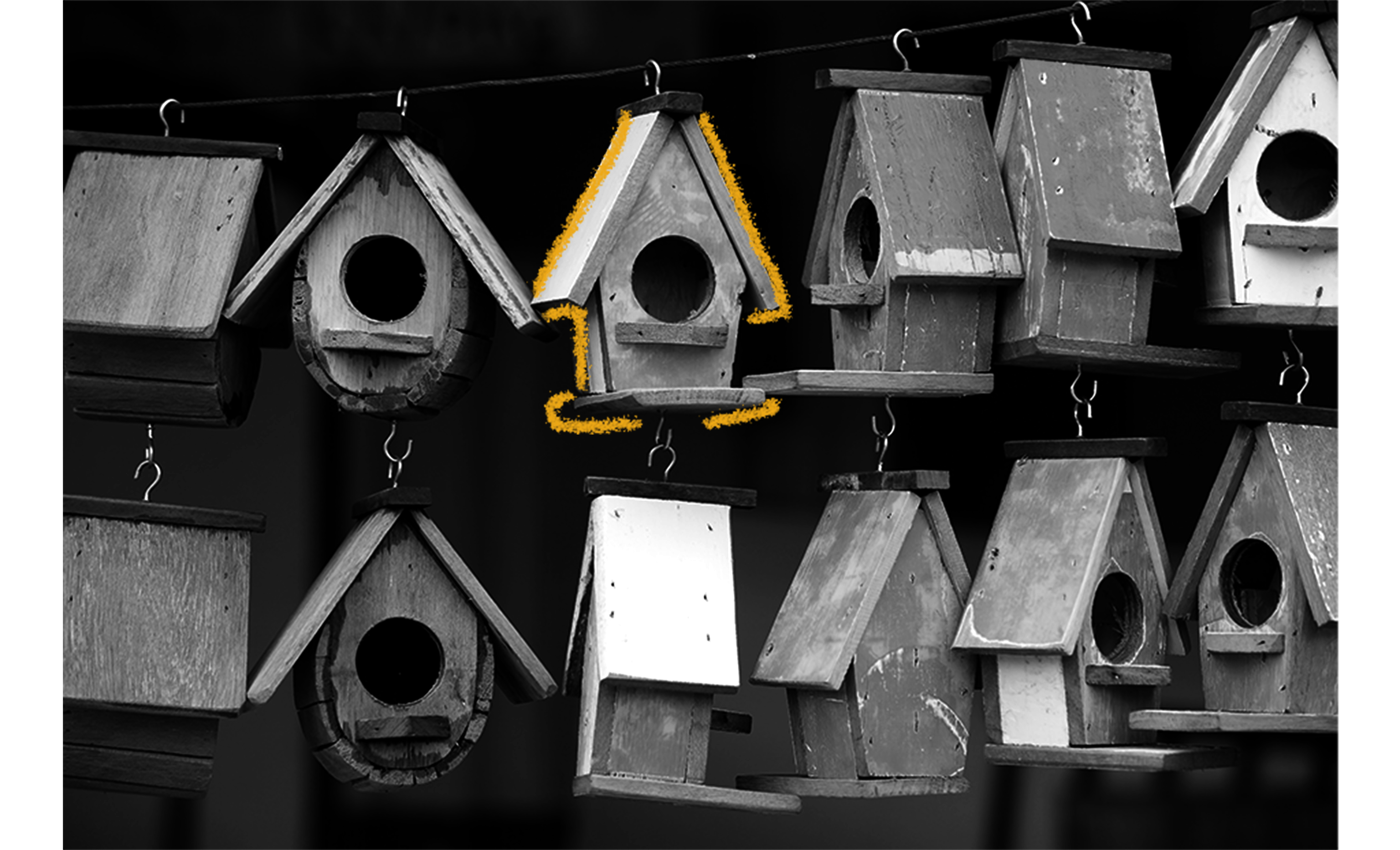Birdhouses got their start in 15th and 16th century Europe. Specifically, they were used in Belgium and Holland to capture eggs (and sometimes birds) for food. These early birdhouses were typically made of clay and styled like vases. Over time, their functionality evolved, and they were eventually used to protect birds from harsh weather and predators while encouraging them to leave the structural elements of human homes alone. They were also used for decorative purposes and sometimes as talismans. Before the colonists arrived in America, Native Americans crafted birdhouses from birch bark and built them with platform feeders. Unlike European birdhouses, Native American birdhouses were exclusively built to attract and shelter birds. In the 18th century, they taught their birdhouse building techniques to English and German immigrants. (Some of the early colonists in Williamsburg, Virginia who sought to use birds as a form of pest control would also use birdhouses to encourage birds onto their properties.) Over the years, birdhouses became extremely popular outdoor accessories and today, they are thankfully used solely as a means of attracting beautiful birds and offering them shelter from the elements.

Your go-to guide for weird history facts
Subscribe to the FREE daily email that makes learning about history fun.


